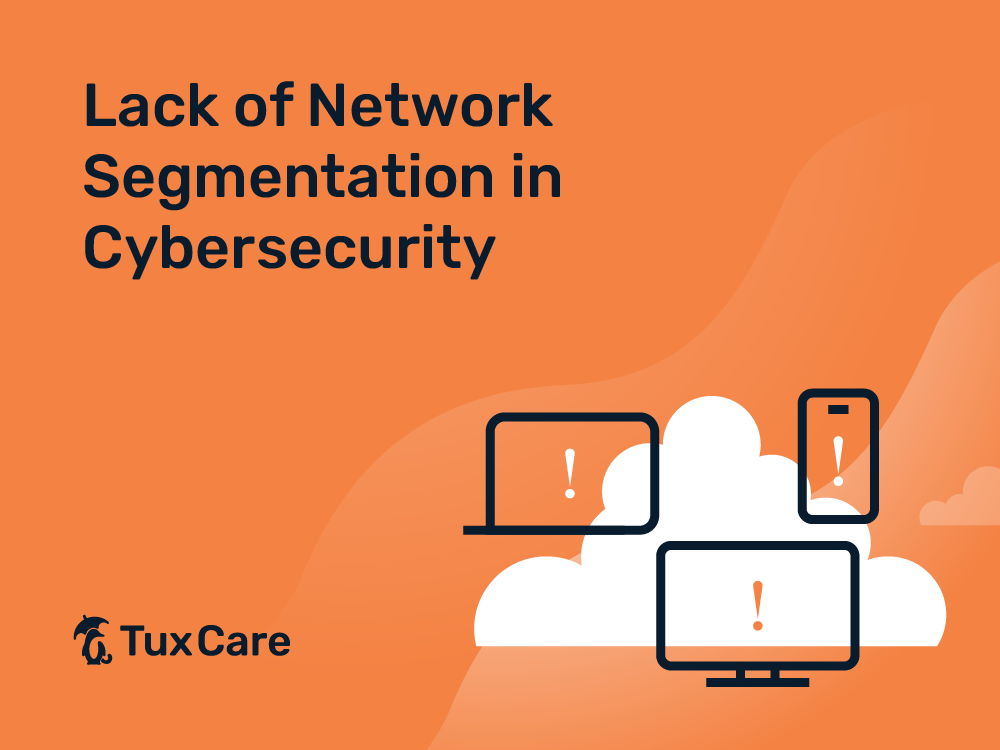Lack of Network Segmentation in Cybersecurity
This article is part of a series where we look at a recent NSA/CISA Joint Cybersecurity Advisory on the top cybersecurity issues identified during red/blue team exercises operated by these organizations. In this article, you will find a more in-depth look at the specific issue, with real-world scenarios where it is applicable, as well as mitigation strategies that can be adopted to limit or overcome it. This expands on the information provided by the NSA/CISA report.
–
Network segmentation is a critical cybersecurity practice that involves creating security boundaries within a network. The lack of proper network segmentation can leave an organization vulnerable to widespread security breaches. This article addresses the risks associated with inadequate network segmentation and outlines strategies for effective implementation.
Risks of Inadequate Network Segmentation
No Security Boundaries
Without network segmentation, there are no defined security boundaries between different network areas, such as user, production, and critical system networks. This lack of segregation allows attackers who compromise one part of the network to move laterally across various systems uncontested.
Increased Vulnerability to Ransomware and Post-Exploitation Techniques
Unsegmented networks are significantly more susceptible to ransomware attacks and post-exploitation techniques. The absence of compartmentalization means that once an attacker gains access, they can potentially exploit the entire network.
Risk to Operational Technology (OT) Environments
Lack of segmentation between IT and OT environments places OT at risk. Despite assurances of air-gapped networks, assessment teams have often gained access to OT networks through overlooked or accidental network connections.
Difficulty in Establishing Monitoring Checkpoints
If all systems can communicate with all other systems, it is virtually impossible to properly log and monitor activity between them. Adopting an architecture with clearly defined checkpoints where monitoring probes can be deployed increases the security and makes it possible to spot anomalous activities sooner.
Mitigation Strategies
Implement Next-Generation Firewalls
Use next-generation firewalls for deep packet filtering, stateful inspection, and application-level packet inspection. This practice helps to deny or drop traffic that does not align with allowed application protocols, thereby limiting an attacker’s ability to exploit network vulnerabilities.
Engineer Network Segments
Isolate critical systems, functions, and resources by engineering network segments. Implement both physical and logical segmentation controls to create distinct security zones within the network. This isolation helps in containing breaches within a specific segment, preventing them from affecting the entire network.
When starting to implement network segments, an acceptable starting point is segmenting concerns according to business responsibilities – for example, separating different departments’ systems from each other. However, systems handling cross-cutting concerns, like identity management, need to operate across these boundaries, or be implemented in such a way that effective delegation of responsibilities is handled by different servers, in different segments. For example, imagine having separate domain controllers on each segment, only talking to one another and to the systems on their respective segments, rather than a single domain controller reachable by all systems on all segments. Properly weighing the pros and cons of extra separation but higher administrative overhead is a must.
Establish Strong Access Control Measures
Implement strict access control measures for each network segment. Ensure that only authorized users and systems can access sensitive areas of the network.
Regular Audits and Monitoring
Conduct regular audits and continuous monitoring of network segments to detect any unauthorized access or anomalies. This practice is essential for maintaining the integrity of the segmented network.
Training and Awareness
Train staff on the importance of network segmentation and its role in cybersecurity. Ensure that they understand the procedures for maintaining and monitoring segmented networks.
Integration with Incident Response Plans
Ensure that your incident response plans consider the segmented network architecture. This integration helps in quicker containment and response to security incidents within segmented areas.
Effective network segmentation is essential for reducing an organization’s attack surface and limiting the spread of security breaches. By implementing these recommended strategies, organizations can enhance their network security and resilience against various cyber threats.



 Documentation
Documentation Login
Login




